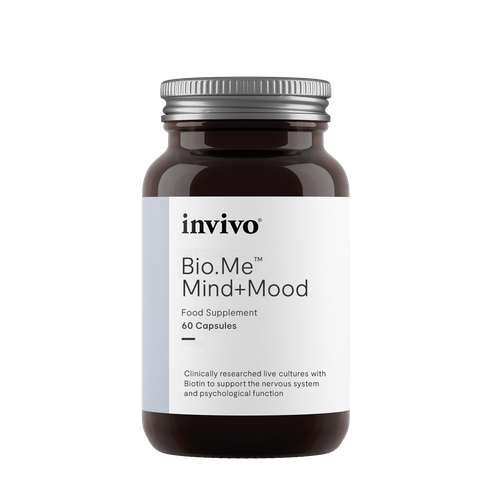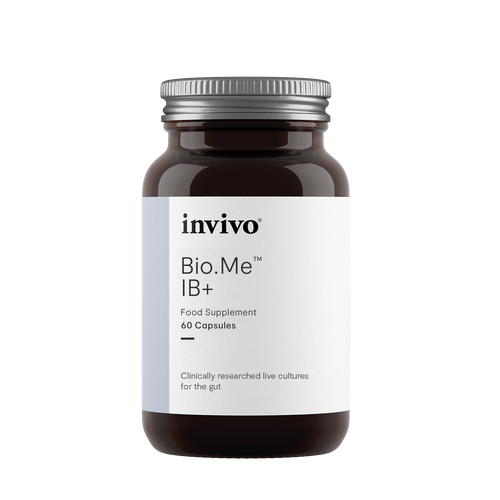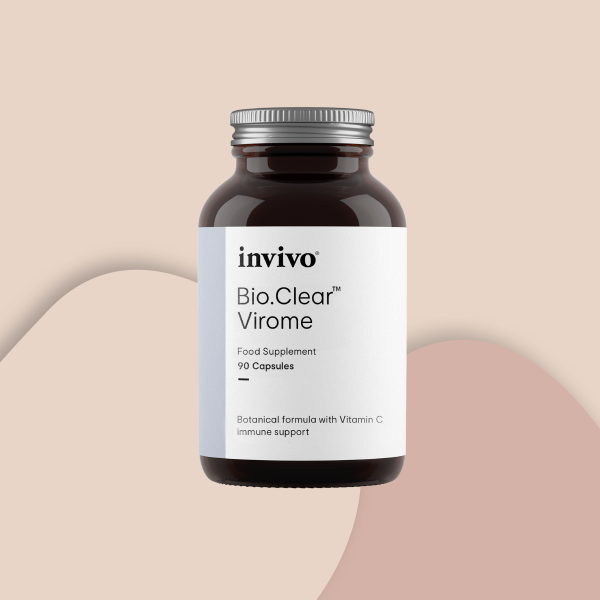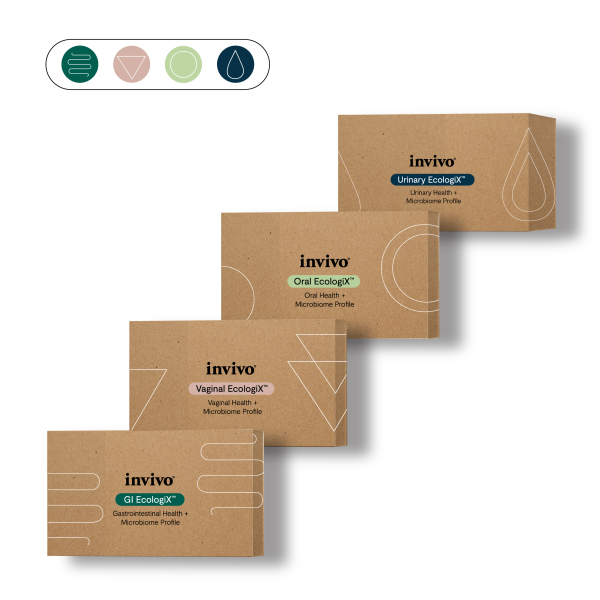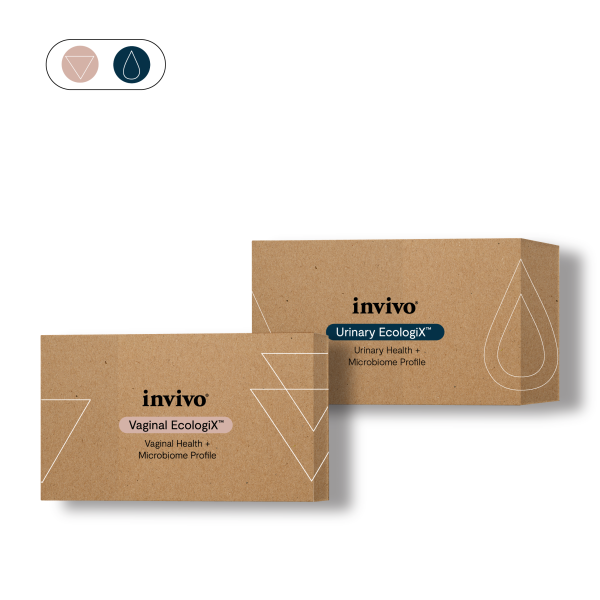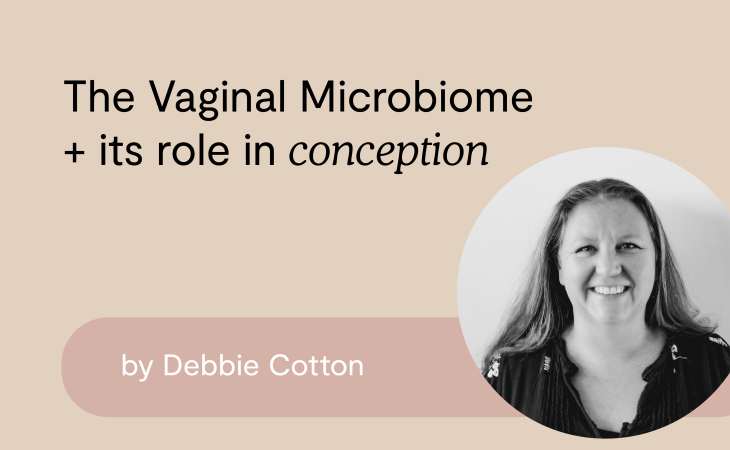The microbes that live within and on us are an important component of what makes us human. Every different area of our body has an affinity with different types of microbes that form communities in these specialised niches. These microbes act like an extension of our human cells, talking to our immune system, making metabolites that our bodies need and preventing invasion from pathogens.
They contribute to our health and well-being in untold ways; ways that science is still unravelling. These communities of microbes that live within a certain niche of our body are collectively known as a microbiome. Many people have heard about the existence and importance of the gut microbiome, but there are many others such as the oral, skin, endometrial and vaginal, all of which contribute to our health and well-being.
It has only been in recent years that the microbiome of the vaginal tract has been well classified, starting with studies by Jacques Ravel and his team in 2016¹. Since then, what we know has been further expanded, and there have been more studies looking at the impact of the vaginal microbiome on both women’s health and reproductive outcomes. As many women will tell you though, they could have told you for years before how an imbalance in the vaginal microbiome can bring much daily discomfort!
One thing that the studies have shown is that not only can the healthy composition of the vaginal microbiome have an impact on local comfort by preventing conditions such as thrush, bacterial vaginosis and similar, but the composition of the vaginal microbiome has also been correlated with its impact on conception and fertility outcomes.
The vaginal microbiome is also important for colonising the infant during childbirth, therefore contributing to the healthy immune development of the infant child.
What does a healthy vaginal microbiome look like?
Women of reproductive years tend to have a vaginal microbiome that is dominant in a friendly bacteria known as Lactobacilli. It is a microbe also found in the gut, and in some of our everyday food products such as yoghurt. Lactobacilli possess the ability to make metabolites such as lactic acid, as well as other special peptides that stop the growth of other bacteria.
This ability means that when there is a strong colony of lactobacilli in your vagina, it creates an environment that is acidic in nature, and it stops the overgrowth of other bacteria that may also reside there, but if in too high amounts can cause things like bacterial vaginosis, or thrush.
Not all women’s microbiomes are the same though, different women will have an affinity with different species of Lactobacilli (or other similar-acting bacteria) and that will be due to their ethnicity, the culture they have grown up in and their own personal history which has led to the development of their microbiome.
What can impact the composition of the vaginal microbiome?
Factors such as our age, which is most often related to our oestrogen levels, can have an impact on the composition of our vaginal microbiome. The use of certain medications such as hormones, or antibiotics can have an impact on the composition. Smoking, infections, and the presence of other conditions such as diabetes can also contribute to changes in the composition of bacteria. Sexual intercourse, the presence of other infections, and the overuse of soaps in the area may equally have an impact too.
When there is a change in the composition of the microbes of the vagina of women of reproductive age, and Lactobacilli species are no longer dominant, this imbalance is often termed dysbiosis. This imbalance can then go on to become a known pattern known as bacterial vaginosis, or is some cases, aerobic vaginitis.
How does the vaginal microbiome impact conception and pregnancy?
Research on the composition of the vaginal microbiome has shown that in people with infertility, there is a correlation with a vaginal microbiome that is lower in lactobacillus species, and more dominant in bacteria that are often associated with an imbalance of vaginal flora known as bacterial vaginosis (such as Gardnerella vaginalis, but also other bacteria).
This isn’t necessarily an infection, but more a change in the composition of the vaginal microbiome that favours microbes that are normally only present in small amounts in the vagina, to take up the more dominant amount of space, therefore causing the imbalance.
In other studies, women with low levels of Lactobacilli in their vagina were less likely to have a successful embryo transplant than those that did. The same study also showed that the specific species of bacteria, Lactobacillus crispatus, was associated with an increased probability of a successful pregnancy above other species.² A similar pattern has been shown in women with recurrent miscarriages.³ Other studies have observed that women with recurrent miscarriages frequently had vaginal infections, such as bacterial vaginosis, fungal vaginosis, or mycoplasma infection.⁴
In addition to this, known pathogens such as chlamydia, gonorrhoea and other possible mycoplasma infections are also known to be associated with poor conception and fertility outcomes.
What can you do to improve your vaginal microbiome?
The good news is a vaginal microbiome that is rich in Lactobacilli, and free from imbalances can be achieved through dietary, lifestyle and maybe some pharmaceutical interventions.
Testing your vaginal microbiome is a great start to see your overall status. You want to be able to both see the commensal (healthy) bacteria as well as bacteria associated with imbalances, so it is a wellness-focused test than just looking for pathogens alone, otherwise, you don’t capture that information.
Once you know the results of your test, you can work towards building a healthy Lactobacilli colony. This can be through eating a diet rich in dietary fibre, bright-coloured fruit and vegetables that contain polyphenols that bacteria like to eat, and specific prebiotic foods that help Lactobacilli to grow.
You may also wish to add fermented food into your diet, like pot-set yoghurts with Lactobacilli cultures, and fermented foods such as kimchi, sauerkraut and kombucha. You can also take supplements that contain live Lactobacilli cultures, and using one that contains specific vaginal strains, such as Lactobacillus crispatus, is a good thing to do. These bacteria do reach the vagina when taken orally!
Lifestyle wise using natural fibres with your underwear, avoiding staying in sweaty active gear for too long, avoiding smoking, avoiding use of soaps directly in the area and being careful to sterilise any sex toys between uses can all help too.
If more pharmaceutical intervention is needed, you can talk to your healthcare provider about the right sort of interventions that may be good for you, whilst still supporting your healthy bacteria.
